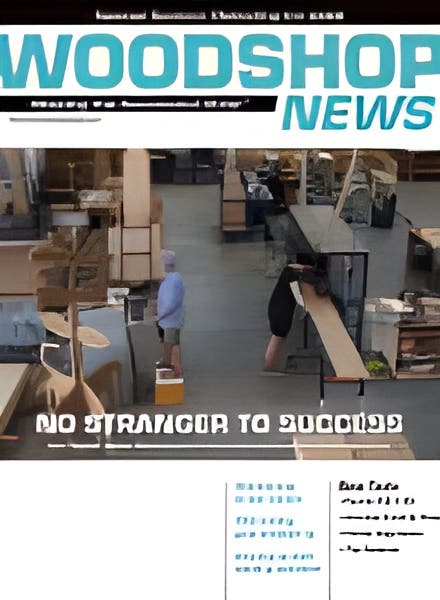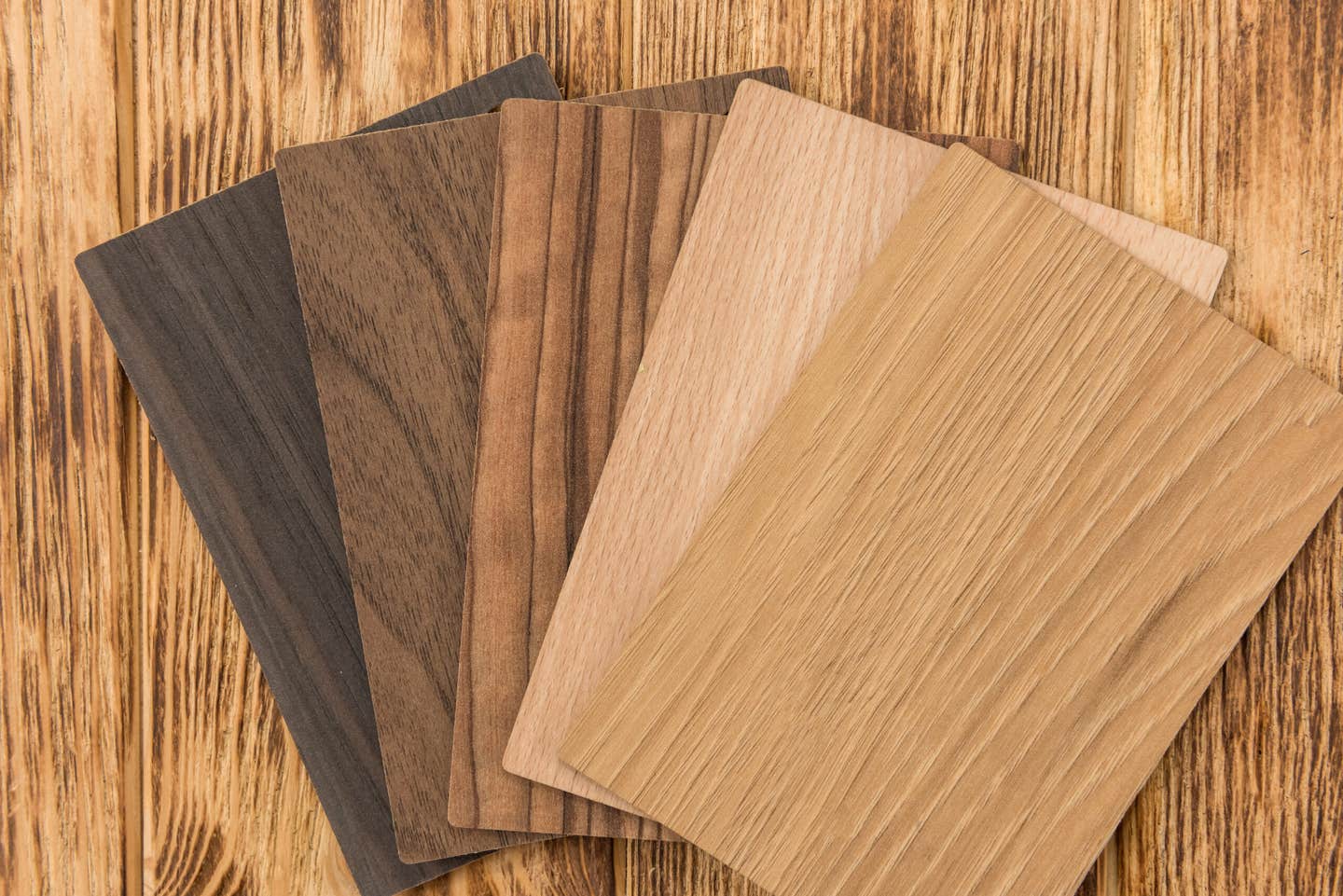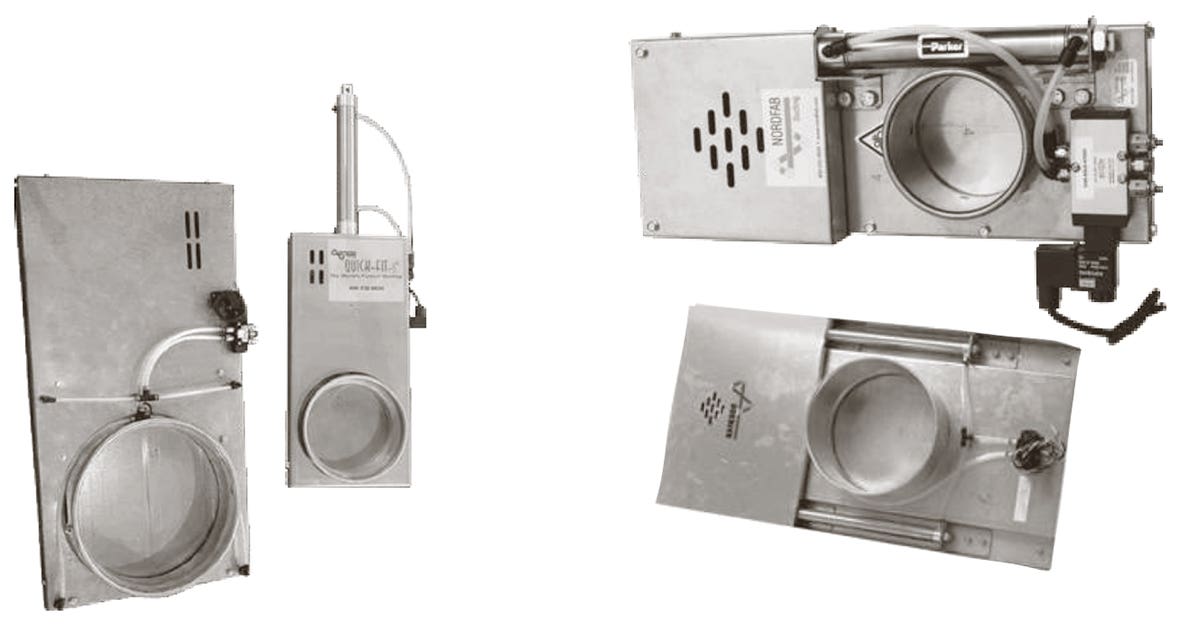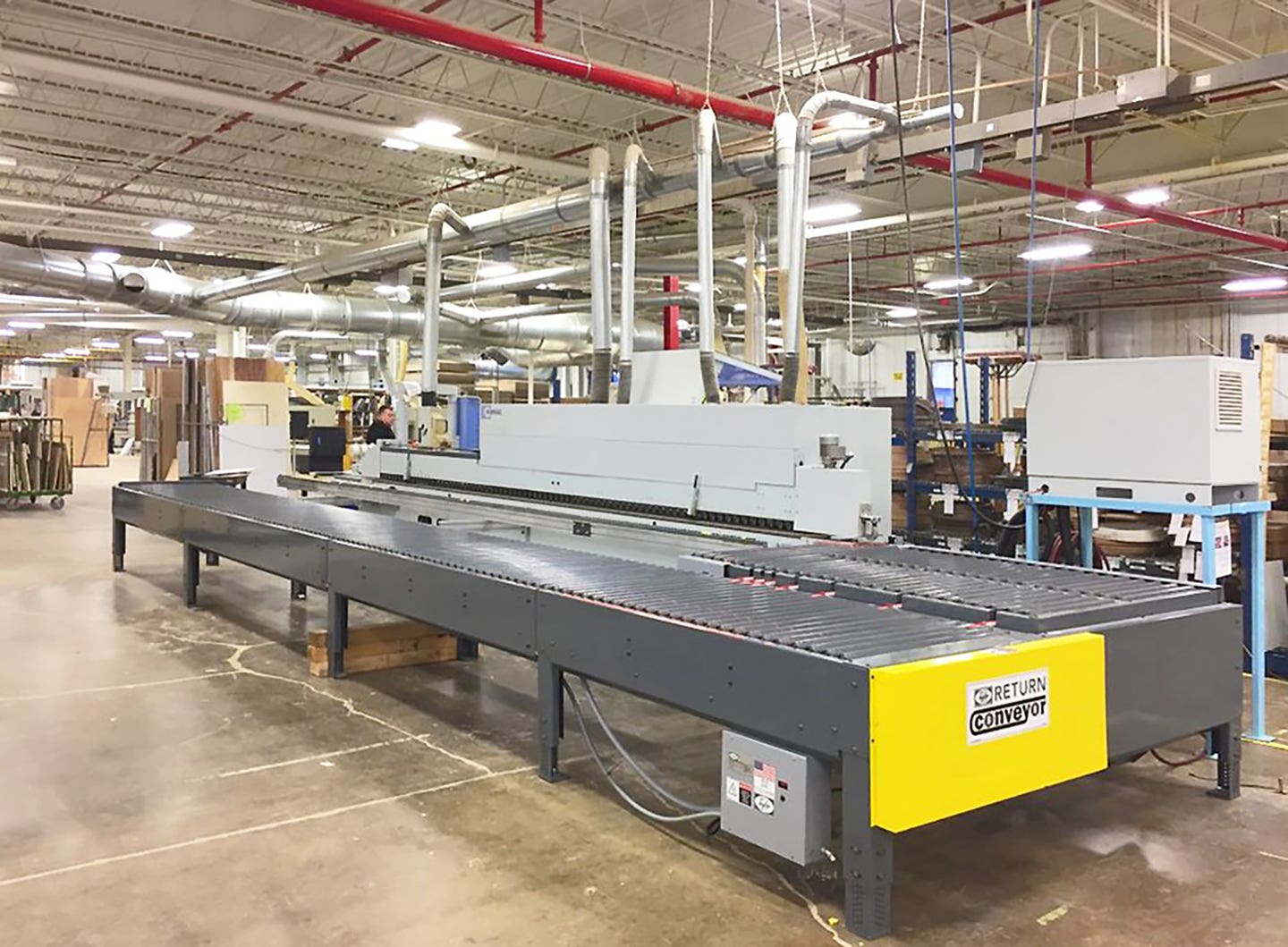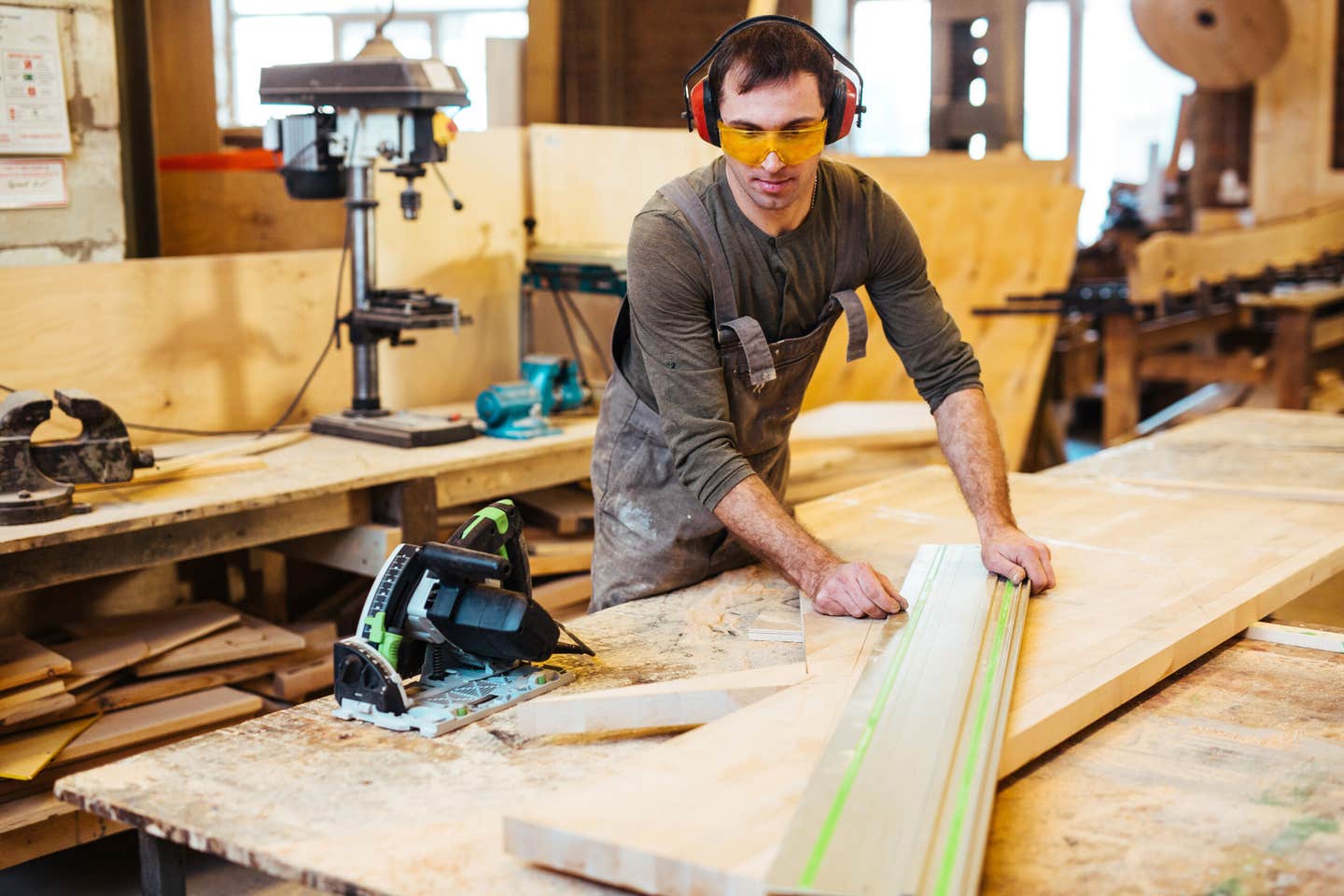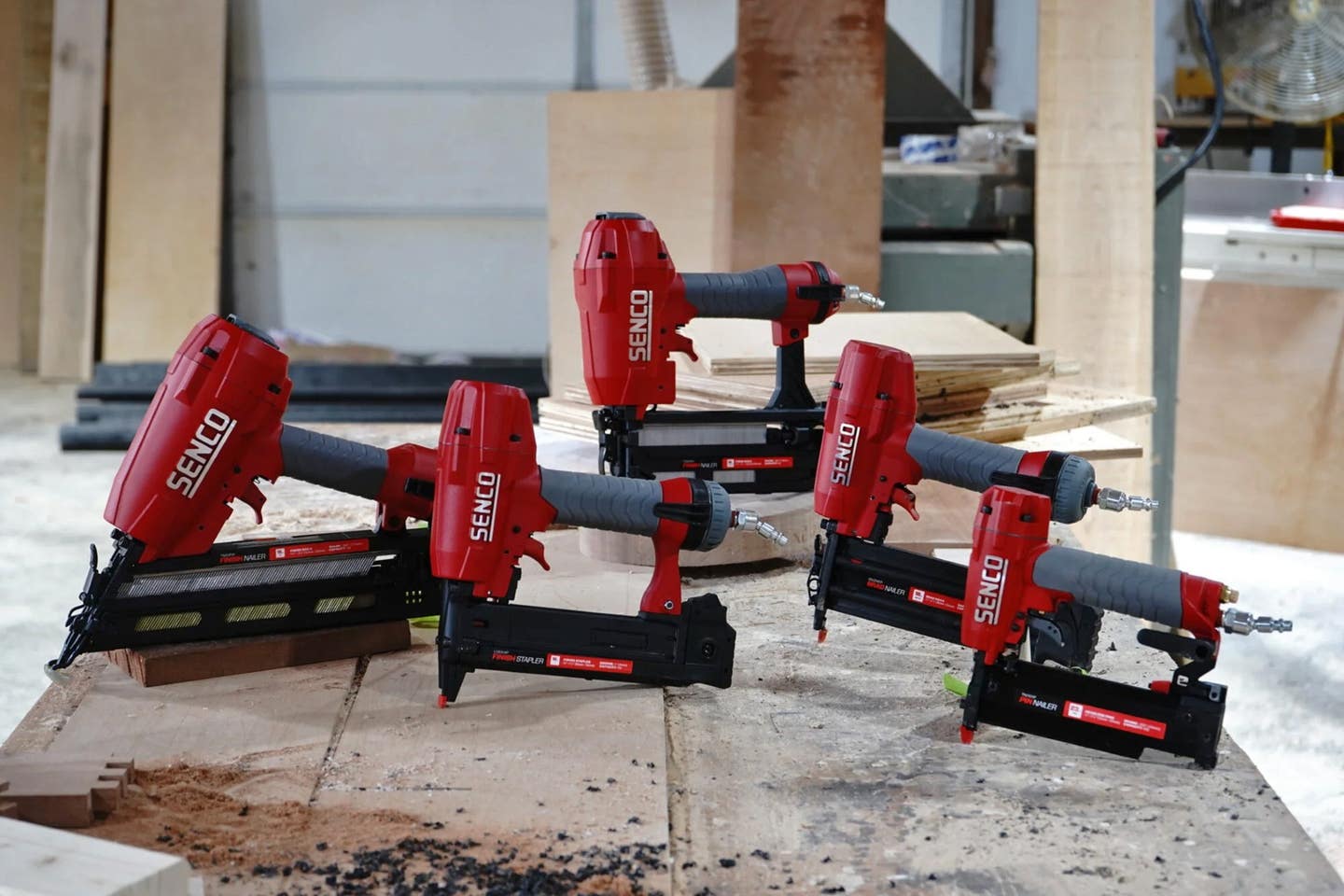STOP THE NOISE
The only way to spot a trend is to search for its trail. By looking back, we can often guess the way forward. We can never know definitively where it will lead, but perhaps it’s enough to just enjoy the ride, and perhaps even influence the direction a little.
The only way to spot a trend is to search for its trail. By looking back, we can often guess the way forward. We can never know definitively where it will lead, but perhaps it’s enough to just enjoy the ride, and perhaps even influence the direction a little.
One trend is definite: as life becomes ever more complex and technological, people increasingly exhibit an innate desire to simplify. The more noise and distraction there is in the world, the less we wish to allow in our personal spaces. Back in 2010, journalist George Michelsen Foy wrote as essay in “Psychology Today” about the need for silence. “Chronic, even low-level noise boosts stress levels,” he wrote, “which in turn trigger health problems such as hypertension.” Well, we live with the daily noise of cellphones, commuting, loud entertainment, full schedules, pressured families, and the constant barrage of breaking news. No wonder we want to retreat to our homes, close the doors on the greater world and simply decompress.
Strangely, nowhere is the need for quiet demonstrated more clearly than in kitchen hardware. Yup, pulls and knobs happen to be a surprisingly accurate barometer of social norms. Even when the casework is domineering, the hardware often makes a bigger statement than the boxes. Perhaps it’s something to do with the fact that these minor accouterments – just a few inches long – can operate doors and drawers and thereby give us control over the larger whole.
Take a quick look at cabinets over time, and the relationship between hardware and society becomes more obvious. Gustav Stickley (born in 1858), Charles Rennie Mackintosh (1868) and Frank Lloyd Wright (1867) all developed complicated casework, but reverted to simple wrought, cast or beaten hardware. Their metal was either brown or black, and even the more inspired pieces reached back to the simplicity of medieval forges. Keep in mind that these men were born right at the end of the Industrial Revolution, and all three expressed a desire to design for simpler, bygone times – to reduce the world’s noise. You can see the results, not so much in their buildings and furniture, but definitively in their hardware.
The Shakers, too, reached backward for silence. Through the turbulence of Revolution and Civil War, these pacifist furniture builders retreated farther into communal life, avoiding worldly goods and ambition – which, conversely, became the very cornerstones of American growth. Their furniture refined the essence of design, and their hardware was, for the most part, simple wooden knobs.
Now how, you might ask, does such historical musing benefit a woodshop owner who is thinking about which hardware to install on showroom doors?
To answer that, let’s take one more very brief trip down Memory Lane. Perhaps the best, and certainly the most creative years ever for hardware design were the 1920s and 30s, when Art Deco shook the creative world by the shoulders. The movement was in many ways the child of Art Nouveau (1890 to about 1910), which was a shift in decorative arts that moved architecture and furniture from the shadow of industrial smog into the bright light of a new century. Its cabinet hardware was a reflection of vast changes in social norms, when democratic values replaced monarchies, and merit rather than birth became the measure of a man. Art Deco was, to some degree, a harbinger of the nascent middle class. Today, hardware manufacturers still pay homage to Art Deco design. It was the first time that materials were added to metal in the mass manufacture of pulls and knobs. Art Deco designers introduced ceramics, bone, glass, stone and other colorful materials to kitchens and casework. They also considered form to be at least as important as function.
Today, we are experiencing new turbulence. Recently emerged from the Great Recession, our economy is evolving from mines to minds. Words such as cyber, drone and robot better describe not just the technology, but also the social trends. Our education system is trailing that technology, rather than creating it, so industry is playing an ever-increasing role in the evolution of trends. Even our personal habits have changed dramatically, and have done so in little more than a decade. How many people still wear a watch? Or read a newspaper? And how many families still cook and eat together?
That brings us back to kitchens, and hardware trends…
Simple and sleek
The most obvious reaction to the noise of our new world is a huge resurgence in basic metal pulls and knobs. These are often nothing more than a short length of stainless steel rod. The forms are austere, almost unimaginative, and perhaps disturbingly conformist. In a resounding reaction to stress, the casework behind them has almost universally devolved to flat, painted (predominantly white) panels. As a consequence, the hardware has become the dramatic – and often the only – focal point of many rooms. This bland arrangement is excitingly portrayed by real estate agents as “mid-century modern”, which actually describes the time between the rise of Hitler and the fall of Khrushchev. Those decades were the most terrible in the history of man, and looking to them for design inspiration says a lot about our own era.
We want to stop the noise.
That desire for silence also extends to unseen hardware: designers are increasingly including soft closing door and drawer hardware as standard, rather than an upsell. The intention is to establish a benchmark in perception, so that the client will understand that the entire casework package is high quality. Unfortunately, the manufacturers of lower end casework at big box stores have also spotted that trend, and many are adding soft closing hardware to cabinets that are not as well built as they might be. Still, there is some validity left in offering this hardware to clients: better manufacturers still build better soft-closing slides and hinges, and those higher quality versions are typically what is offered by custom shops.
One aspect of hidden hardware is a trend toward using it alone, instead of visible handles. Hardware free doors and drawers, with out of sight push-to-open mechanisms, are being used to further minimalize kitchen and bath designs. This will probably be a relatively short-term trend: there is something in us that sees hardware on a door much in the same way we see frames on pictures. It isn’t necessary, but it’s comfortable. One downside to eliminating visible hardware is the grubbiness of handprints, especially in homes with children. And by adding both handles and hidden openers, a cabinetmaker can cater to clients who may have physical problems (such as arthritis or carpel tunnel syndrome) that can make it difficult to grasp knobs, but who still want the traditional look of handles in the room.
Lazy Susan hardware has come a long way lately. Well, corner cabinet solutions have, and most of the new ones no longer involve turntables. For example, Blum’s adaption of Rev-A-Shelf’s Glideware is a heavy-duty slide-out system that features hooks for cast iron and steel cookware. The hooks can be placed anywhere along the run, and instantly adjusted. It’s an elegant way to use a corner.
Larger drawers have become trendy over the last few years, and several manufacturers have introduced hardware to, well, support that. For example, the 3160EC Eclipse from Accuride is a commercial-grade drawer slide that can accommodate a 60”-wide drawer. To allow that, the company added lower spacer clips with extra plastic ball bearings. These give additional lateral support, and reduce drawer migration. The unique anti-racking system allows the 3160EC to prevent side-to-side movement. The end result is a full extension, 100-lb. rated slide.
Pulls and knobs – What’s hot?
Clean lines are in. Uncomplicated designs with little or no flourish are being used to underscore the monotone look of painted, powder-coated or foil doors and drawer fronts. Handles (pulls) are becoming more popular than knobs, perhaps because there seems to be more ‘body’ to them in the stark, slim new design palette.
Polished or brushed stainless steel is still blazingly hot, in part because of the popularity of stainless steel appliances, but so is black or dark bronze. In that vein, Emtek Products (emtek.com) has introduced a new line of cabinet hardware that it calls Transitional Heritage with an Art Deco-inspired look. If the goal was to incorporate the grace of that period with contemporary functionality, the designers seem to have captured the essence of both.
The drama here is in the color contrast. Take, for example, the new Hopewell Bath Collection from Top Knobs (topknobs.com). The hardware comes in several finishes, but the flat black really stands out.
Simple geometry is the rage right now, and probably into the foreseeable future. Circles, squares and simple cylinders are popular. Tapers and swirls are not as desirable, although slight bows are acceptable. If placement is an issue (where on the door is the best location?), designers suggest that hardware should line up across a vista of drawer fronts and doors. That is, even though the cabinet heights might vary, the hardware doesn’t have to. Uniformity in placement, it is suggested, will underscore the uniformity of the hardware, and bring a sense of controlled intention to the room.
Color is being used sparingly to add drama, and this is one of the hottest trends in hardware. It’s a way to add weight to that perception of quality mentioned earlier. By superimposing small, bright splashes of color on a sea of monotone casework, the designer can customize a look at comparatively little expense. Round, stainless steel knobs with polished, highly colored stone or enamel can really jump out from a background of white cabinets. For example, the new Firesky collection from Vesta Fine Hardware (vestafinehardware.com) features natural stones such as Mojave lapis, iron tiger-eye, Mojave calcite and Carrera, to name a few. The collection is composed of 83 pieces in four hand-polished finishes (nickel, satin nickel, brass and chrome), and they’re intentionally designed for cabinetmakers who want clients to feel that they own something extraordinary and special. And while Firesky plays into the latest hardware trends, the look is still very custom. The hardware also comes with a lifetime warranty to the original purchaser, which is one more point a woodshop can bring up with a customer, in terms of quality.
Other trails to follow
Beyond black and stainless finishes, brass is still relatively popular. Emtek’s new Transitional Bath Hardware Collection is typical. Forged from brass and available in seven finishes, the collection includes a towel bar in four sizes, a square towel ring, a bar style paper holder, and a single hook with rosette. The finishes are oil-rubbed bronze, satin nickel, flat black, polished chrome, polished nickel, satin brass and unlacquered brass.
There is some evidence of a return to precious metals (silver and gold) in kitchen hardware, and this is in part taking its lead from bathroom and kitchen fixtures. (Many designers advise clients to ‘follow their fixtures’ when choosing casework hardware.) There is something to be said for the blatant opulence of gold against the stark coatings of white-painted Shaker five-part doors and flat or slightly chamfered drawer faces. But it’s easy to overdo gold, and it can be quite spendy. One option, brushed gold, is gaining a particular foothold, especially in some coastal markets.
Silver – and not variations of chrome or nickel but genuine, old-fashioned, highly polished Sterling – is also cropping up here and there. It’s an unusual choice, and that in itself may well be the attraction. Another unusual option in this era of minimalistic monotones is a limited revival of farmhouse chic. Here, wooden knobs are the same color as the doors. In fact, the rustic look overall is experiencing a minor revival, perhaps in response to a nostalgic yearning for both solace and warm texture. Softwood doors and drawer fronts, or even walnut casework, can invite rustic hardware as an accent, and this often takes the form of beaten iron or black finishes, gate-like handles, or handcrafted hardware.
On the other end of that scale, sleek metal drawer boxes are trending, too. Last year, Grass America (grassamerica.com) introduced ZBox, featuring ball bearing slides, standard and deep drawer heights, full extensions, and best of all from a woodshop’s viewpoint, quick construction and simple installation. Grass also recently brought us Maxcess – an economical, full access, soft-close, under-mount slide that was designed for both face frame and frameless cabinetry. It fits conventional drawer construction, handling material thicknesses that range from 1/2” to 5/8” and delivers a full view inside.
Speaking of speedy construction, Titus Group (titusplus.com) was awarded a Gold Medal at Furnica for its T-type snap on hinge that allows for an intuitive hinge-to-plate mounting in any one of three directions. That simplifies the mounting experience and makes for easier door installation, even in tall cabinets where four or five hinges are required. Its shallow hinge cup works on doors from 15 to 26 mm thickness.
Notes and notions
If you’re building taller wall units (eliminating soffits is definitely a long-term trend in the industry), then just adding short boxes above regular 36” tall wall-hung cabinets may not be the smartest way to go. It limits access. Extra tall wall cabinets don’t have to be restricted to just one door, and moving the transition between the two doors down to a more manageable height is an opportunity to add more hardware, and thereby make the kitchen more accessible for the client.
Lighting is hardware, too. Advances in energy efficient LED lighting are making this a very popular option even in budget-minded kitchens, and a cabinet shop is as good a place as any for customers to shop for this hardware. Just be sure a licensed electrician is involved in the installation: if a cabinetmaker does the wiring, it can open the door to liability. Along with lighting, there are some very clever ways to charge or plug in phones, tablets and other devices using hidden hardware in cabinets. Take a look at the Doug Mockett site (mockett.com) for ideas.
One last thought: there has been a spate of low-budget hardware flooding the market of late, much of it in bubble packs from overseas, with perhaps a dozen handles or hinges enclosed. A woodshop’s reputation depends to a surprisingly high degree on the quality of the materials it uses. Buying time-tested products from industry-leading names is going to be a lot safer than installing cut-rate hardware that has a thin veneer of nickel over a rust-prone or brittle core. Caveat emptor.
This article originally appeared in the January 2018 issue.

